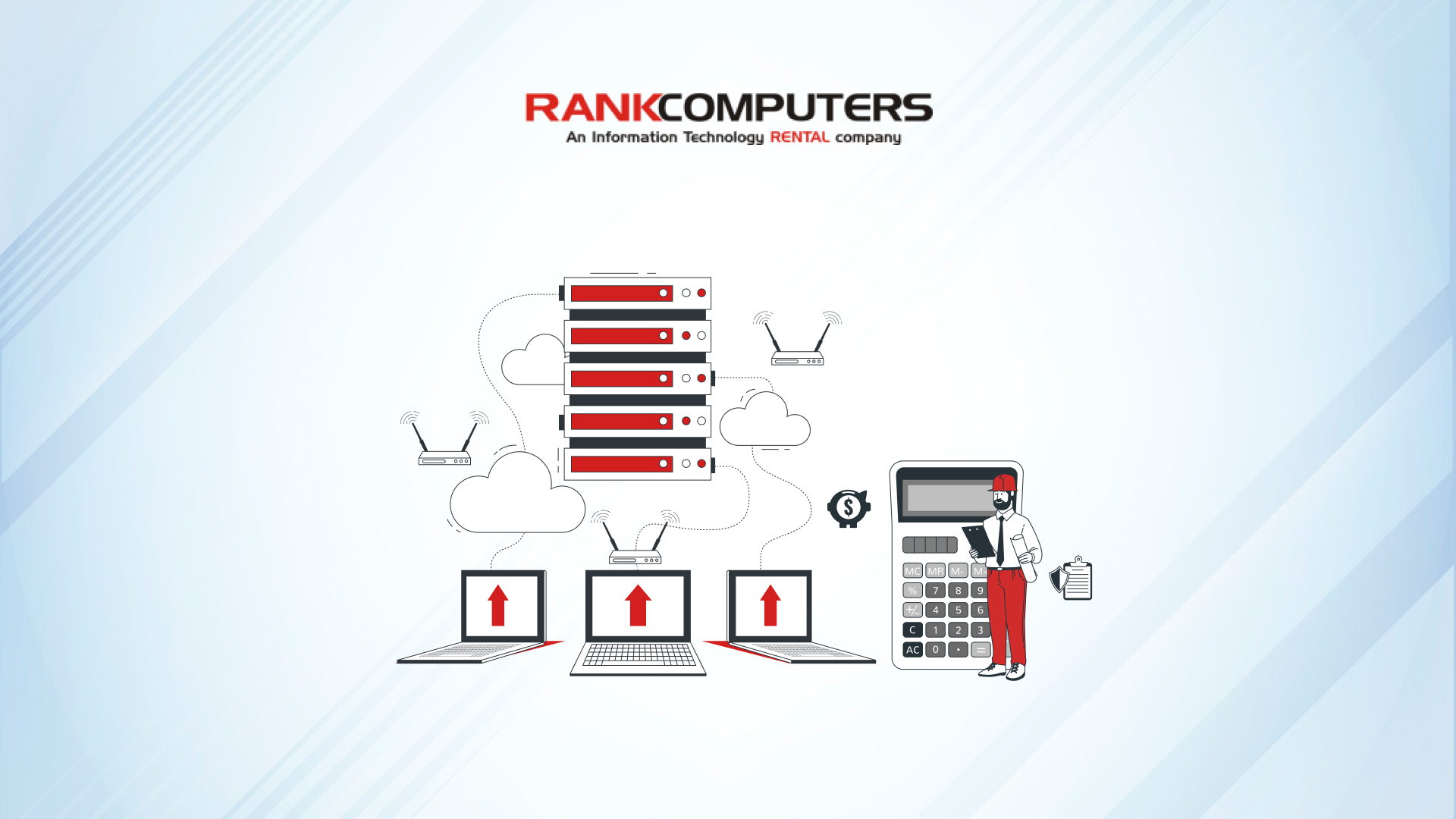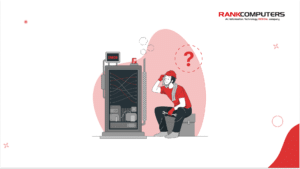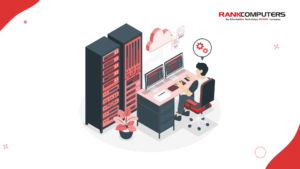Minimising IT infrastructure expenses poses a significant challenge for businesses across the spectrum, be they small startups or large corporations. On average, companies allocate approximately 7.5% of their total revenue to IT expenditures, and for many, this financial commitment can be quite substantial.
Additionally, close to 50% of these businesses expect an annual increase in their IT expenditures, with only a minority holding out for cost relief. The rationale behind this trend is quite relatable; much like individuals, most companies prioritise investing in the latest technology and expansion over the upkeep of existing infrastructure.
Therefore, it’s crucial for businesses to realise the importance of optimising their IT expenses and allocating resources for adopting innovative technologies that can help expand their operations. With this in mind, let’s delve into six practical strategies to help you reduce your company’s IT expenses.
Slash Costs with Open-Source Software: A Licensing Fee Solution
Traditional proprietary software often comes with hefty licensing fees that can burden your IT budget. Open-source alternatives, on the other hand, provide a cost-effective solution without compromising on quality.
Open-source software, developed collaboratively and accessible to anyone, offers a wide array of applications, from operating systems to office productivity tools. By making the switch, your company can eliminate or drastically reduce licensing costs associated with proprietary software. This not only frees up financial resources but also fosters a culture of innovation, as open-source solutions often encourage customization and community-driven development.
Moreover, open-source software tends to have robust security measures, benefiting from continuous scrutiny and improvement by a global community of developers. This dispels any concerns about compromising the integrity of your IT infrastructure in the pursuit of cost savings.
The transition to open-source may require training for your IT team, but the long-term benefits in terms of cost savings, flexibility, and support make it a strategic move for companies aiming to reduce IT costs while maintaining a high standard of performance and security.
Streamline Operations with the ITSM Toolkit
Information Technology Service Management is a valuable tool in the toolkit of IT professionals, dedicated to ensuring the seamless delivery of IT services to clients. Think of it as their reliable partner, proficient at not just streamlining operations but also reducing IT costs.
Forbes reports that ITSM is indeed a financial game-changer, demonstrating a remarkable ability to reduce IT system costs by 35% while enhancing overall business processes’ efficiency by 42%. ITSM tools excel in the identification and elimination of redundancies within IT resources, including underutilised hardware, software, licenses, and services. They offer the means to meticulously track and manage IT inventory, assets, and contracts, allowing organisations to optimise expenditures by paying only for what is utilised and necessary.
Furthermore, ITSM tools provide a robust framework for collecting and analysing critical IT metrics encompassing cost, quality, efficiency, and effectiveness. This analysis can then be strategically aligned with business objectives and value streams, facilitating informed decision-making.
Use Automation to Reduce Labour Costs
Much like the burdensome licensing fees that accompany traditional proprietary software, the demand on your IT team’s time and effort can be a significant cost for your company. Embracing automation offers a compelling solution to alleviate this burden without sacrificing efficiency.
Automation streamlines workflows by handling routine and repetitive tasks, allowing your IT team to redirect their efforts towards more strategic projects. This not only accelerates project timelines but also elevates the overall quality of work.
It also encourages a culture of efficiency within your IT operations. By implementing automated processes, your company can navigate the evolving IT landscape with agility, ensuring that human resources are utilised strategically and cost-effectively.
While the initial investment in automation tools and training may be necessary, the ability to adapt to emerging challenges positions automation as a vital cost-saving strategy for companies.
Outsource IT Staff and Services
A recent study found that companies can cut their IT costs by 25-40% by outsourcing their IT jobs.
Outsourcing IT staff and services is a strategic move for businesses aiming to streamline operations and reduce IT costs effectively. Rather than maintaining a large in-house IT team, you can bring in specialised skills when needed, alleviating the financial burden.
Outsourcing also introduces predictability to your budget through transparent agreements on service levels. Having a clear understanding of financial expectations upfront aids in planning and minimises unforeseen costs, providing better control over your budget and resources.
Moreover, outsourcing liberates your internal team to focus on their core strengths and strategic projects. This optimisation not only enhances your workforce but also enables a more agile response to IT demands. With the added benefits of scalability and risk reduction, outsourcing will become a comprehensive strategy for adeptly navigating the challenges of the IT landscape in 2024.
Use Green Computing Practices to Cut Costs
Harnessing the power of energy-saving technologies is a smart move for organisations looking to cut costs and shrink their carbon footprint.
This approach is centred around implementing energy-efficient hardware and software, and embracing environmentally responsible practices within your IT infrastructure. One such practice involves data centre consolidation and virtualization, a technology that allows multiple virtual servers to run on a single physical server.
The advantages of virtualization are numerous. By consolidating workloads onto a reduced number of physical servers, it optimises the utilisation of resources. Consequently, this leads to a significant reduction in the need for additional hardware, resulting in substantial cost savings. Moreover, the decreased hardware requirements lead to a reduction in energy consumption, which contributes to lower energy costs and a reduced environmental impact for your business.
Beyond cost savings, adopting these energy-saving technologies and practices can lead to improved IT system performance and an increase in their overall efficiency.
Don’t Buy Systems and Servers; Rent Them Instead
These days, the traditional practice of purchasing and maintaining physical systems and servers is being replaced by a more agile and cost-efficient alternative—renting IT infrastructure.
Adopting a rental model provides a flexible financial solution. Unlike traditional capital expenditures tied to hardware purchases, renting allows organisations to embrace a pay-as-you-go approach. This scalability ensures that businesses pay only for the computing power and storage they use, eliminating the need for significant upfront investments and facilitating more agile financial planning.
Beyond financial benefits, renting IT infrastructure grants access to cutting-edge technology without the challenges of continuous maintenance and upgrades. The responsibility for updates, troubleshooting, and disaster recovery often rests with the rental service, freeing internal IT resources. This not only reduces operational burdens but also mitigates the risk of unexpected expenses related to system failures and downtime.
Considering a seamless transition to IT infrastructure rental? Rank Computers can guide you through this transformation, providing tailored solutions to meet your business needs. Explore a smarter and more cost-effective approach to IT infrastructure management with Rank Computers.



